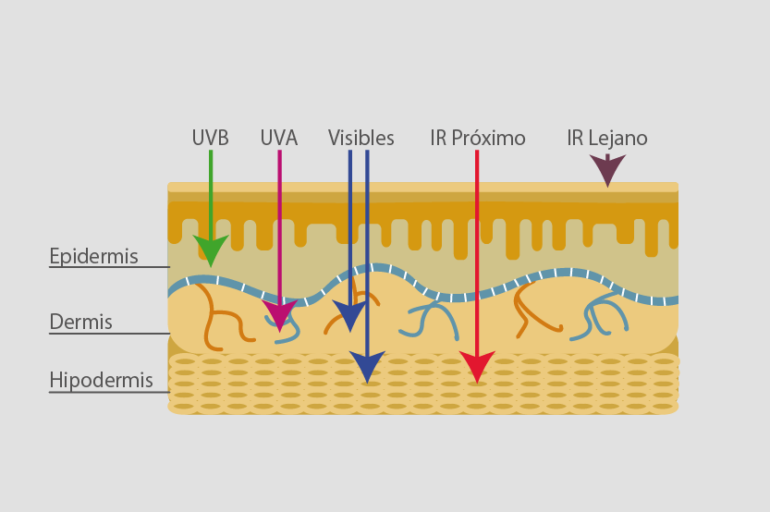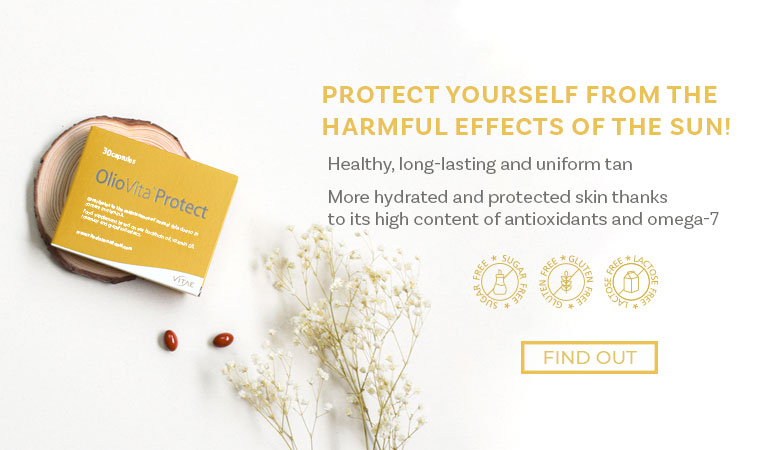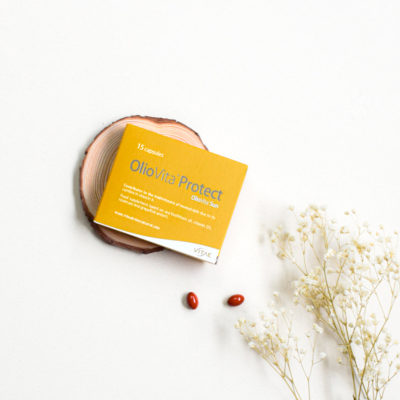The sun affects in different ways depends on the skin of each person and the layers of skin. The skin is the largest organ of the body. Our protective barrier against all external factors of the environment surrounding us. This organ is so important for our body and health and crucial to look after it for this very reason. And so, the skin layers have an importance to maintain tge good condition of it.
Functions of the skin layers
Apart from its protective function, the skin is the one that makes us feel the touch, the sensation of cold or heat, the pressure …, and depending on the part of the body it is of one type or another. For example, on the eyelids and genital areas the skin is thin and soft; the lips, palms of hands and soles of our feet on the other hand, is thick and therefore, not so sensitive.
There are three layers that make up the skin, each of which has different functions and components:
- Epidermis: is the outer layer. Superficial layer of thin thickness with dead cells that are being eliminated and replaced by new cells.
- Dermis: is the inner layer. It consists of nerves, lobes, fibres, blood capillaries, collagen, base of hair follicles and sweat glands.
- Hypodermis or subcutaneous tissue: this is the deepest layer. In this part are located the blood vessels, skin ligaments and lipocytes (fat producers). The hypodermis is the most important reserve of the organism, since this is where the storage and release of fatty acids finds place.
Protective action of the skin against the Sun affects:
- Tanning is the result of skin fighting against ultraviolet rays.
- The darkening of it is carried out in the area of the epidermis, where the sun causes the production of melanin as a form of protection.
- The tan will disappear with the arrival of new cells to the surface of the skin.
How the Sun penetrates the different layers of the skin
- UVA rays penetrate the outer layers of the skin (epidermis) reaching thedeepest layers (dermis), where several cellular structures will be affected.
- UVB rays are shorter and more harmful than UVA rays, although the latter reach more depth (dermis). Thus:
- Epidermis: the most superficial layer is affected by UVB rays, being the main cause of Sun burns and DNA damage, increasing the risk of cancer.
- Dermis: the deep layer of the skin where the UVA rays reach, penetrating the epidermis. Due to these rays, the structure of the dermis is influenced, affecting the collagen, which is responsible for the maintenance of a young skin. Thus, this will cause a lack of elasticity in the skin creating visibility of wrinkles.
Both UVB rays and UVA are damaging to our skin, being more or less destructive. You have to be very aware when exposing yourself to the Sun, and use maximum protection through creams or supplements, in order to just make use of the benefits which the Sun gives us.








Thanks for sharing your guide and great info, these are actually really good tips for everyday use and for a younger looking skin.
Good morning Marry,
Thank you very much for your review, we are really pleased you liked the article.
Kind Regards